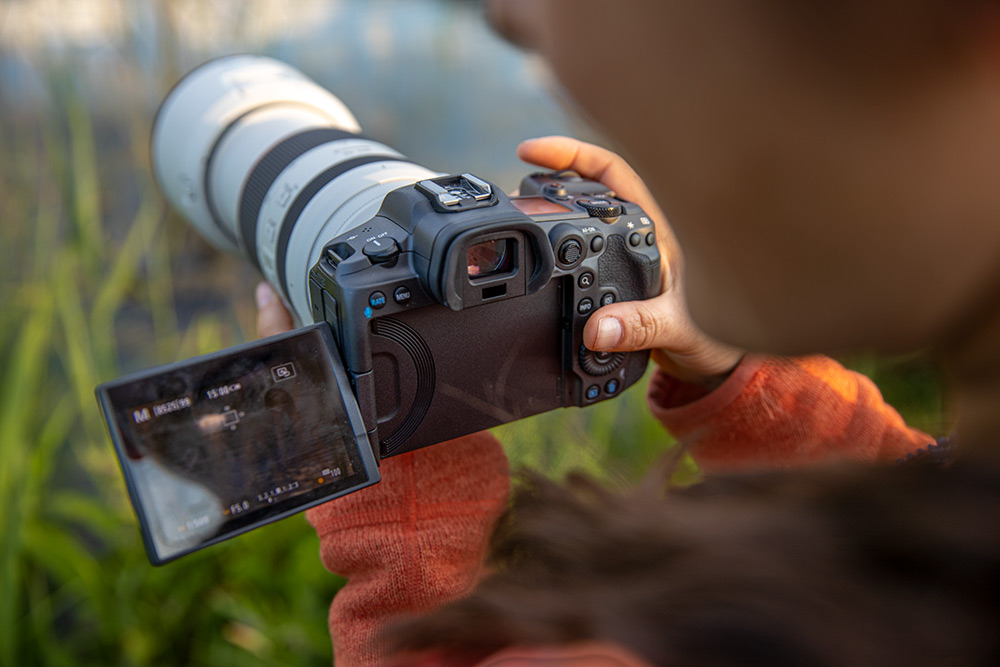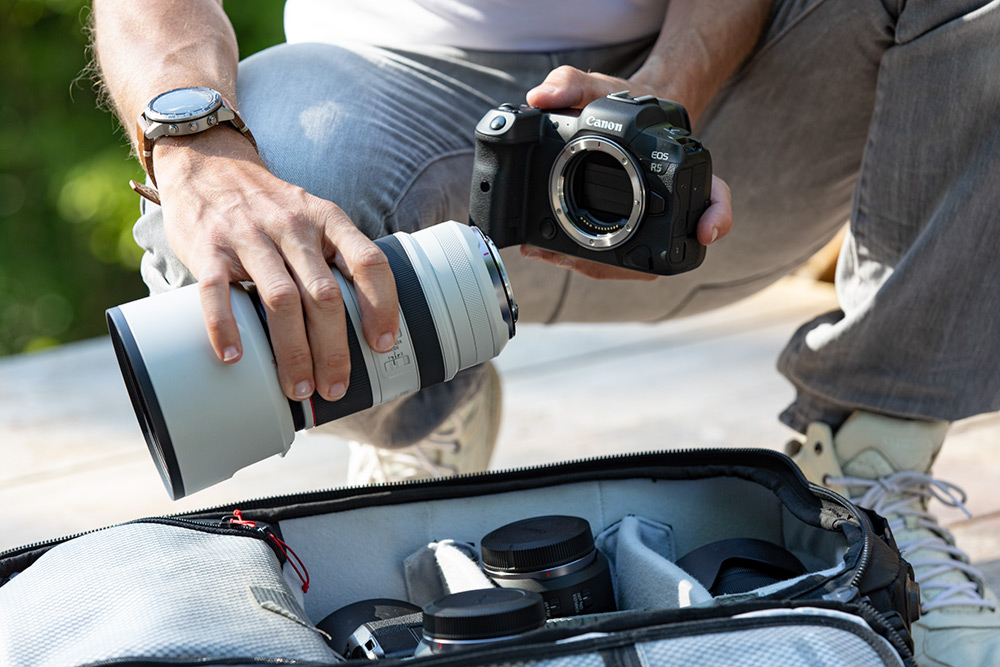- Call us: 01444 237070
- Contact Us
- Stores
- Sign In / Register
-
- Back
- Used Cameras
- Used Accessories
- Used Lenses
- Used Video
- Used Film Equipment
- Used Stock Alert
- Used Blank Test
- Sell or Part Exchange
- Used Clearance
- Recently Added Used Equipment
- Park Picks
- All Used Black Friday Deals
- Faulty
- Trade-In
- Blog
- New in
- Call us
- Contact us
- Stores
- Sign in
- Categories
- Tips & Inspiration
- Reviews
- News
- Events
- Features
- Buying Guides
- Competitions
Prime Lens vs Zoom Lens Whats the Difference
There are two main types of camera lenses available, so we thought we’d try and explain what the difference is between a prime lens vs zoom lens. When you’re choosing between lenses it’s well worth considering which would be best for you.

There are pros and cons to both, however typically a prime lens is smaller, lighter and gathers more light from a wider aperture. Conversely, a zoom lens will be larger, heavier and have a slower aperture on the whole, but lets you change between different focal widths, making them more versatile and more convenient.
What is a Prime Lens?
A prime lens has a fixed focal width, which means it cannot zoom from one length to another. This might not sound as convenient for photography, so what is a prime lens used for? There are lots of reasons why you might choose a prime lens:
- A prime will tend to be smaller and lighter as it only has one focal width. This means you’ll be travelling lighter, especially useful when out all day, when visiting a city or shooting street photography.
- Prime lenses offer beginners (as well as advanced photographers) the opportunity to move around more in order to get the best composition. Rather than standing in one place and zooming, you’ll move yourself. This means you will get more out of a shot, become more involved and learn more quickly.
- The maximum aperture will typically be brighter on a fixed focus lens. For example the excellent Sony FE 85mm f/1.8 portrait lens has a bright f/1.8 aperture, allowing you to shoot handheld in lower light, as well as get a shallower depth of field for portraits. A brighter maximum aperture allows you to play with a fine depth of field and get beautiful bokeh and out of focus areas.
- Primes will often have less optics inside, which means you can achieve very sharp results from edge to edge. The quality gap is closing between primes vs zooms these days, but on the whole this still stands true.
- A prime lens will often show less distortion than an equivalent zoom, mainly as there are less optical problems to overcome. This means photos will need less editing in post-production to correct distortion issues.

How to Shoot With a Prime Lens
Shooting with a prime lens is easy! When you find a subject that catches your eye, simply move your feet so that you get closer or further away. This allows you to frame the perfect picture by moving around yourself, in effect ‘zooming with your feet’.
What is a Zoom Lens?
A zoom lens is simply a lens which offers a range of focal widths all in one, rather than just one focal width. Some of our most popular lenses are zooms, because they offer so much versatility and convenience, allowing the subject to be framed without the photographer needing to move. This makes zoom lenses popular for all sorts of photography styles, from portraits to wildlife and travel.
One of our favourite zoom lenses is the Canon RF 100-500mm L IS USM super telephoto lens. It’s extremely popular because it is reasonably compact and lightweight, offers excellent quality results and can be zoomed through a wide range from 100mm to 500mm, giving you excellent versatility.
How a Zoom Lens Works
You will find a zoom useful when you are unable to move around as freely to compose your shot. For example, when shooting wildlife, you cannot always get close to your subject without disturbing it, so a telephoto zoom is useful. Simply spin the zoom ring clockwise or anticlockwise to bring your subject nearer or further in the frame.
What’s the Difference Between Prime and Zoom Lenses?
The main difference between a prime lens and a zoom lens is that a prime has a fixed focal width, whereas a zoom lens has a zoom ring, allowing you to change between various focal widths. Primes will generally be smaller and lighter and typically have a larger maximum aperture. Each offers its own set of advantages, for example, a wider aperture allows for greater control over depth of field and offers better low light performance when shooting handheld.
A zoom lenses allow you to zoom towards your subject without moving yourself. This is useful if you cannot move much due to restrictions where you are shooting, or what you are shooting. A bird might fly away if you try and get close, so a zoom lens would be very handy.

A prime lens can offer some users a more engrossing experience, particularly if they enjoy the art of photography or are just starting out. That is to say that you will be moving your feet around to get the perfect composition, rather than being stationery and zooming with your hand. Often, we see more experienced photographers choosing a prime lens for a specific subject of interest and a complementing zoom for various other subjects. For example you might choose the Nikon Nikkor Z 40mm f/2 lens for photographing city scenes and street photography because it is small, lightweight and has a wide aperture. To go along with this the Nikon Nikkor Z 24-120mm f/4 S lens provides an opportunity to shoot varied subjects, even though the focal widths overlap.
From this guide we can see there are pros and cons to both prime and zoom lenses. Primes will tend to be more involved as you have to move around more, are typically lighter and more compact, with a brighter aperture, whereas zoom lenses are usually more versatile, particularly for subjects which are further away.
They both have their place for all levels of photographers and offer the ability to advance your skills and enjoyment, whichever you choose. We go into a lot more detail about how to find the perfect lens in our buyer’s guide to camera lenses here, which you might find useful to read as well. Explore our range of prime and zoom lenses here, one of the largest collections available in the UK!
Share this post:
By Park Cameras on 05/11/2021

Trade in your old equipment
Fast and easy trade in service ensures your old gear is collected efficiently and you are paid quickly! It's very simple to trade in your unwanted photography gear. Just head over to our dedicated Sell or Part Exchange page, fill out the details, and we'll get back to you with an offer for your old gear. Take the cash, or put it towards the cost of your new gear. It's up to you! Find out more
sign up to the newsletter
Keep up to date on the latest photography news, events and offers. Sign up now